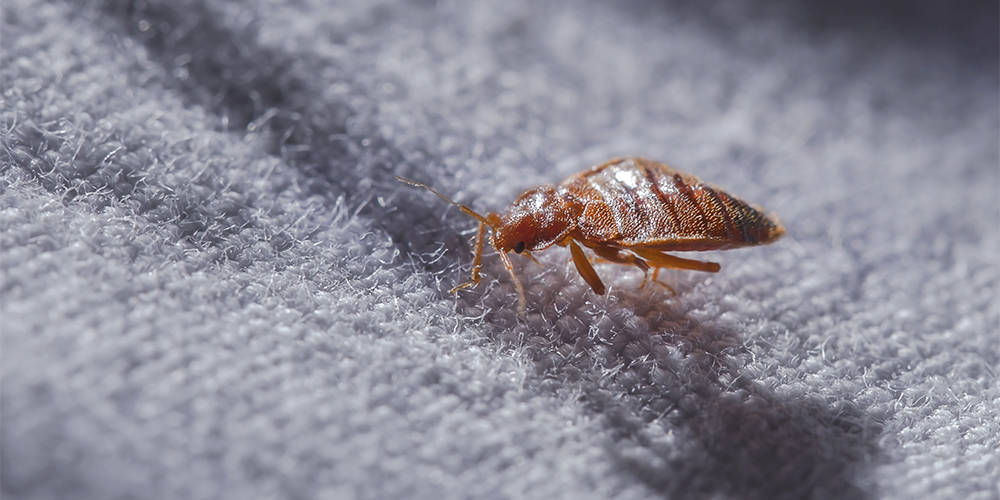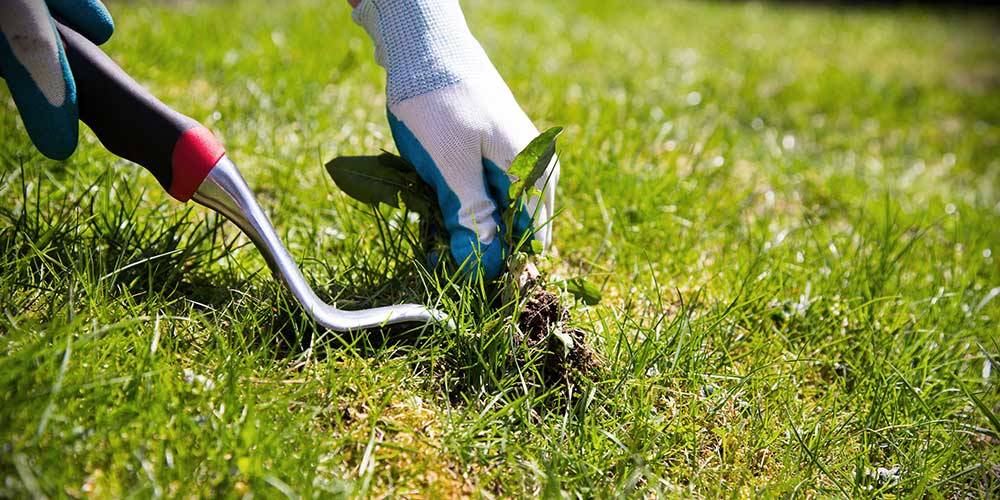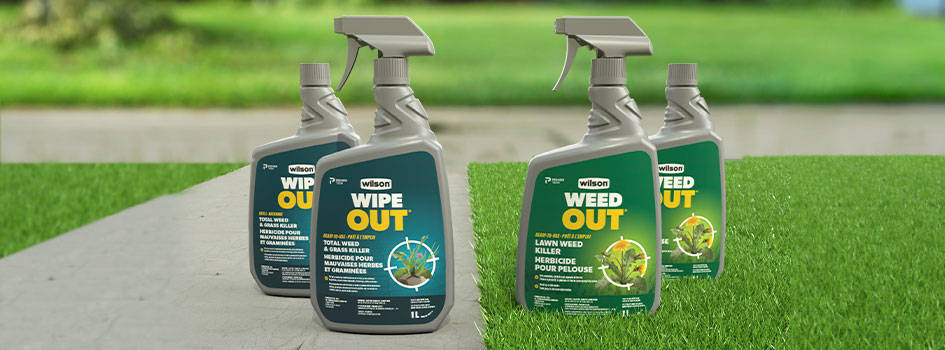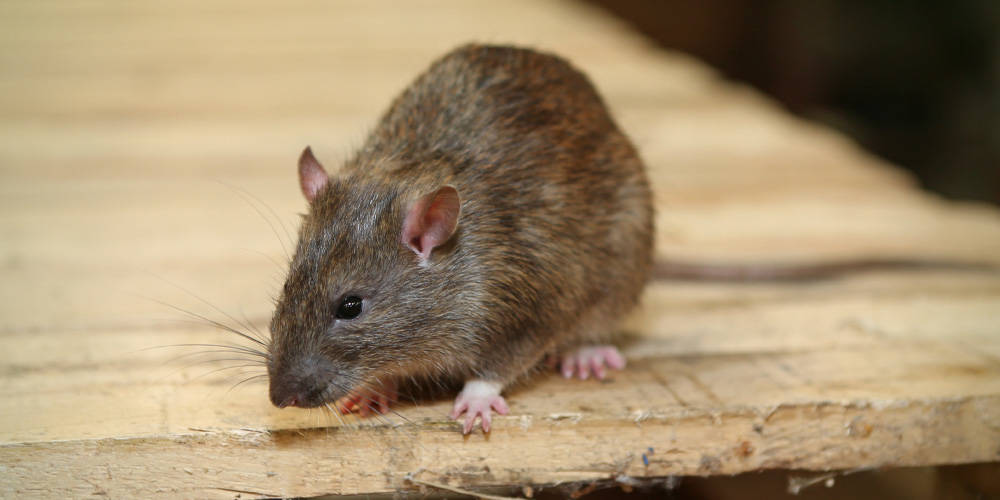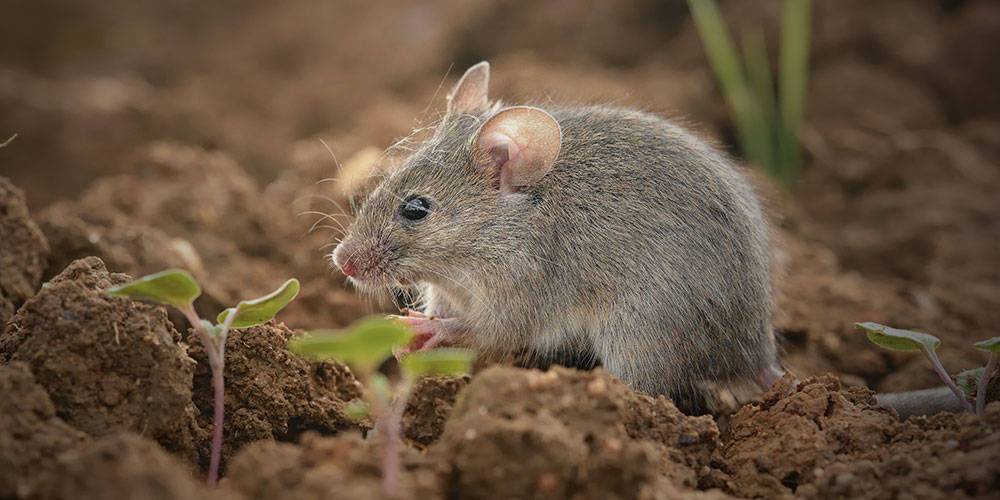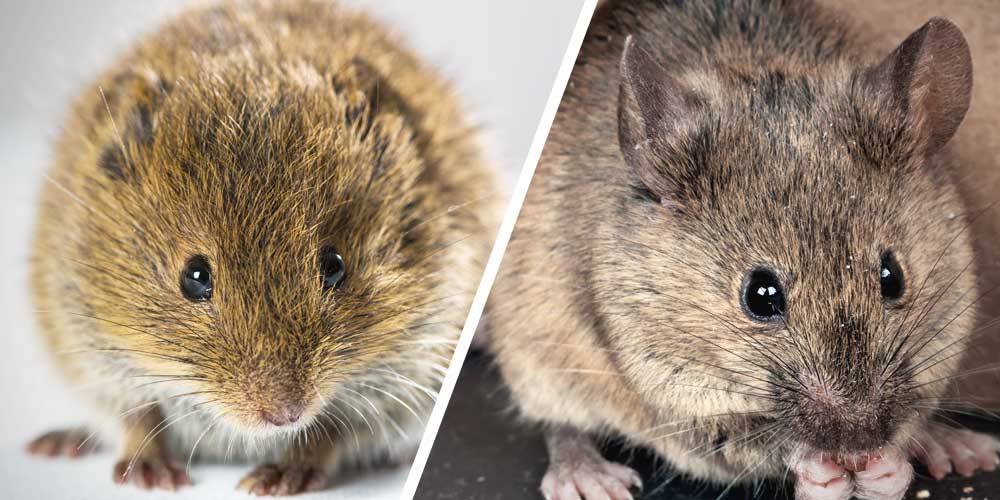Voles and the damage they cause in winter
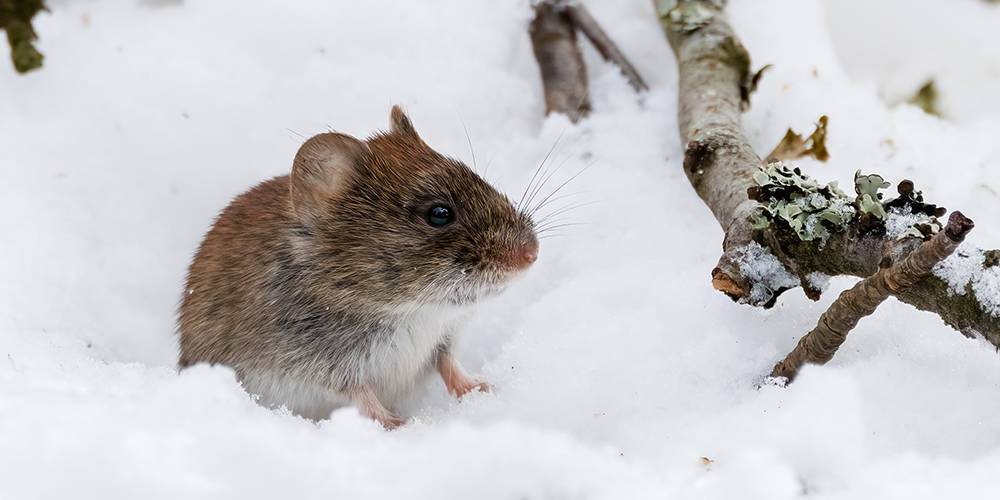
Voles live in large numbers in our regions, in both cities and rural areas. Here’s how to protect your yard from this small rodent capable of plowing your lawn and killing your trees and shrubs without you even suspecting it.
What’s the difference between a field mouse and a vole?
A vole is about 15 cm in length and can quite easily be mistaken for a mouse. However, its fur is different (dark brown with a greyish belly, which turns white in winter), its ears are shorter and its tail is smaller and furry. Also, its head and nose are rounded.
There are over 150 vole species in the northern hemisphere. In Canada, the most common species is the meadow vole.
When do voles come out?
From spring to fall, when food is plentiful, voles generally go unnoticed. It is when food begins to run out that they become a real problem.
In winter, voles become bolder. They dig tunnels in the snow and temporarily become diurnal. With their sharp hearing, only foxes can still catch them under the snow.
The female matures in less than a month and is very prolific. It can give birth to 10 generations each year.
Voles rarely live more than a year. Typically, the population will increase for 3 to 6 years, then drop dramatically. Their presence is barely noticeable the following years.
How to identify the presence of voles
Voles build a complex network of burrows and galleries under the lawn. Invisible in winter, the damage is observable when the snow melts.
The grass in their many paths is cut short, your perennials have been uprooted. Worse still, voles have fed on the bark of your trees and shrubs all winter, under the snow cover. Their work is easily recognizable: the irregular tooth marks are located very close to the ground, at varying angles.
Voles have difficulty chewing at the bark of large trees, but they cause irreparable damage to shrubs and young trees. They are particularly fond of fruit trees whose bark, possibly sweeter, remains thin, even once the tree has matured.
Damage done by voles
You probably have a vole infestation if you notice the following on your property:
- Trees whose base has been completely stripped of its bark (girdling);
- Shrubs whose lower branches have been eaten away;
- Visible winding paths on the surface of the ground, 2.5 to 5 cm wide, where grass is trampled and destroyed, and which lead to shallow burrows;
- The presence of brownish droppings and blades of grass scattered along the trails;
- Bulbs and the roots of perennials have been eaten.
GOOD TO KNOW: Unlike other plants, lawns usually recover quite quickly, but those who want a perfect lawn still find it annoying.
How to drive voles away
The main problem with voles is the damage they cause is only visible in the spring, and it is then too late to act. Here’s why prevention is preferable.
What are voles attracted to?
Many problems can be avoided by eliminating all potential sources of food.
- Wait until the ground has frozen before mulching your strawberries and perennials. Otherwise, you won’t be able to see if rodents are feasting on their roots.
- Store your grass and bird seeds in glass or metal containers.
- Make sure rodents can’t access your compost bin.
- Remove all vegetables from the veggie garden at the end of the season.
GOOD TO KNOW: Some experts recommend not cleaning the vegetable garden and flower beds until spring so that voles can continue to feed there in winter instead of attacking trees, bulbs and the roots of perennials.
Protect your plants
- Remove the mulch at the base of fruit trees so voles don’t hide there during the winter, and to prevent the growth of the population.
- Protect the base of trees and shrubs with perforated spiral tree guards or wire netting (openings of 0.6 cm or less, 2 cm from the trunk) to keep voles from eating the bark. Stick the protection 15 cm into the ground and make sure that it’s above snow level (if necessary, use two!).
- During winter, pack the snow at the base of your trees and shrubs to crush the tunnels of voles and make the snow hard and compact.
- Install gravel or ash barriers around your veggie garden. The abrasive texture deters voles from searching the ground with their snout. To be effective, these barriers must be 30 cm wide and 20 cm deep.
How to get rid of voles
- Give flying predators a few places where to perch to make their hunting easier.
- When mowing for the last time, cut the grass very short at the base of fruit trees.
- Install mouse traps where voles are active. (Handle them with care and keep them out of the reach of children and pets.)
- Spray approved animal repellents on the foliage of your plants to deter rodents from eating them. (Be careful not to use them on foods or edible plants, or on sugar maples if you are making syrup with the sap, as the taste will be changed.)
Find out about our antirodent solutions here.

